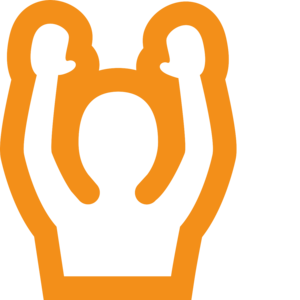Blame or Praise
Goal
Materials
Instructions
Preparation
Make equal numbers of copies of the two different handouts and arrange them in the same stack with the two versions alternating.
Flow
Distribute the handouts. Don't reveal that there are two different versions.
Give instructions. Tell the participants to work independently. Ask them to read the questions and record their responses on the handout. Wait about 1 minute for them to complete the task.
Check the impact of the different context. Confess that there were two versions of the handout. Read each version and point out the differences.
Poll the Participants. Ask the following questions in your own words:
- How many of you who had the harm condition handout blamed the chairman for the harmful effects?
- How many of you who had the help condition handout praised the chairman for the positive effects?
Debriefing
The data will likely indicate that the participants will blame the chairman if his decision had a bad side effect, but they won't praise him if his decision had a good side-effect.
Explore why we are more willing to blame the chairman for the bad side effects than to praise the chairman for the good side-effects.
In your own words ask these types of questions:
- Do you think it is morally correct to risk the retirement savings of others?
- Did the intention of the chairman influence your decision to blame or praise?
- Consider recent events like the financial crises, terrorism, wars, and politics. What effect does our moral values have on our decision to assign blame or praise?
- Consider your own past decisions to assign blame or praise. What influence did your moral values play on your decisions?
Learning Point
People tend to consider harmful side effects as intentional and helpful side effects as unintentional.
Background
Source: Thiagi Group - Tracy Tagliati





Comments (0) (4.5 avg / 2 ratings)